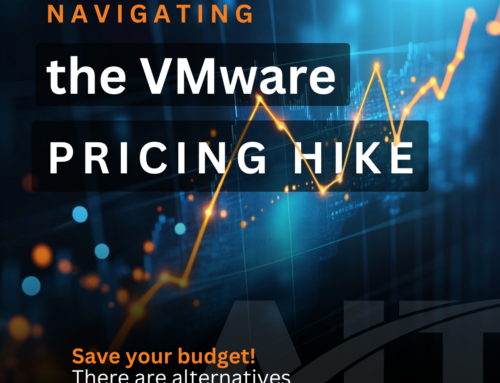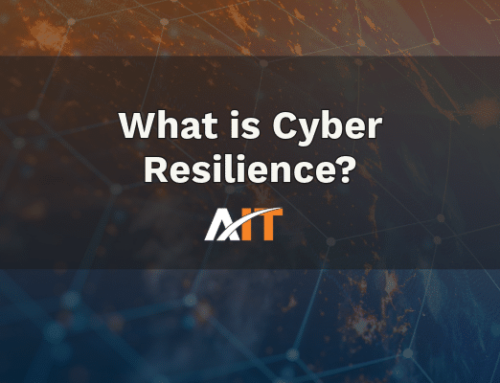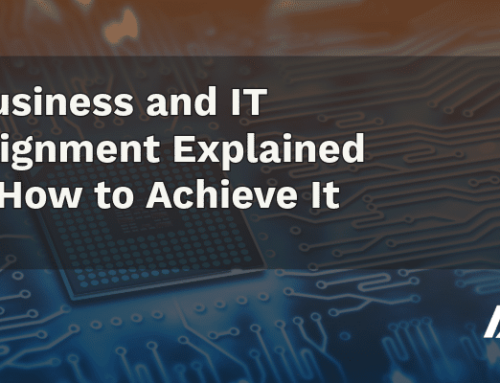Enterprise resource planning (ERP) software selection is a huge undertaking. No matter how large or small your business, your ERP software is a critical piece of your business’ tech stack.
It impacts functional areas across the entire organization, from accounting to HR to sales to operations, and so on. Implementation takes time and additional resources, not to mention the cost of a license will be significant.
You’re aware that you’ve got to do your due diligence and get this investment right, but perhaps what you are lacking is the “how”: How do you even get started understanding ERP solutions? What selection criteria should you use?
We’ve got some answers to get you started. Here are our tips to help you select the right ERP system for your organization.
Step #1: Understand and articulate the business need for an ERP system and what you want to get out of one.
Perhaps you have a number of business processes that aren’t working well, or legacy systems that don’t talk to each other, or you have siloed customer data or supply chain breakdowns.
Whatever your pain points, ERP software helps you and others in your business wrangle a variety of business functions and see where the value is coming from and where you need to optimize. ERP solutions essentially centralize company data, automate tasks, and optimize processes so your business functions more efficiently overall. ERP software also provides a single source of truth for reporting and analytics.
If you’re the business owner or leader, start by thinking about and documenting your expectations for an ERP system. Here are some possibilities that may or may not be applicable to building your business case:
- Standardized and streamlined business processes
- Improved collaboration and workflows
- Automation of routine tasks to free up team members for more impactful initiatives
- Data security and quality
- Complete visibility across the business
- Improved scalability of business offerings
- Improved efficiency
- Better customer serves
- Improved reporting and analytics
Step #2: Assemble and align your internal and external ERP selection team.
ERP selection shouldn’t be the provenance of IT alone. Other team members across functions should have the opportunity to weigh in and participate in the selection and implementation process.
Why? Because even though ERP systems are about technology, they touch every single part of the business.
Gather your selection team, including stakeholders from key departments and members of your IT team. Getting everyone on board and aligned helps develop empathy across functions, unifies everyone toward a common organizational goal, and ensures the business case takes all needs into account.
Consider bringing in an external resource like AccountabilIT to aid your selection. They can bring in expertise your internal team doesn’t have that can save you time and money.
Step #3: Evaluate your ERP options as a team.
If you have an external resource helping you, they will likely bring you some ERP vendor choices for your consideration. Or you may have assigned a project manager to locate software vendors and otherwise oversee the selection process.
Because there are so many ERP options out there, you’ll want a list of criteria to aid in weighing those options. Even before you go through demo after demo, submit your first RFP, and sift through proposals, make a list of criteria that must be met in your chosen ERP solution.
Here are some questions you’ll want to answer during the ERP selection process:
- Does this ERP solution meet our business requirements?
- Do they have an industry-specific solution, or industry-specific modules that we can use to create our solution?
- What is the vendor reputation?
- What’s the total cost of ownership (license and implementation, and other incremental costs) and does it fit within our budget?
- What IT resources or skill sets will you need for ERP implementation and for ongoing use? Do these exist on your team, or will you need to hire or bring in external resources? How does that factor into your budget?
- How will it integrate with existing systems?
- What framework will it run on? Is it completely cloud-based or hybrid? What hard costs will you incur to onboard the new ERP system?
- Is this solution scalable? Do they continue to invest in upgrades and new technology?
Like any big changes in doing business, ERP projects aren’t easy, but they can be worth the time, effort and investment. Once the lengthy and costly selection and implementation processes are done, your business will come out on the other side more efficient, more strategic, and more prepared to be competitive in the future.
What’s Next?
How can AccountabilIT help you in selecting your ERP? We specialize in helping you source, implement and maintain technology solutions that work for your business. Find out more about our IT strategy, solution design, and implementation services.
Los precios de los medicamentos provocan el encarecimiento de las pólizas MHI. Este contenido fue publicado el 18 de noviembre de 2022La falta https://farmaciamas24.com/disfuncion-erectil/cialis/ de transparencia en la fijación de precios de los medicamentos en Suiza es uno de los principales motivos del constante encarecimiento de las pólizas de seguro médico.




